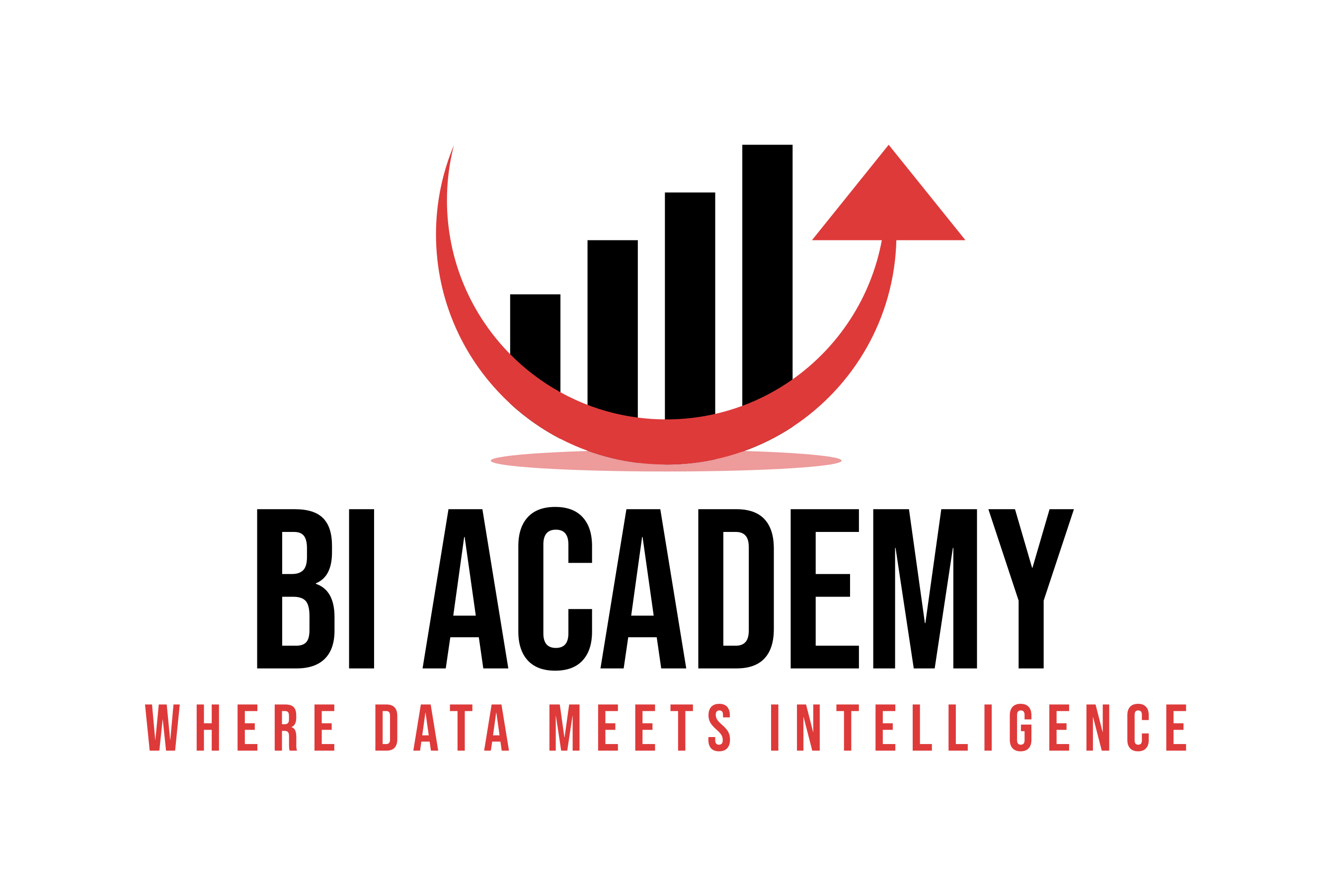In today’s fast-paced business environment, the ability to quickly adapt and respond to change is critical. Traditional business intelligence (BI) projects, which often followed a waterfall methodology, struggled with long development cycles, leading to delays in delivering valuable insights. However, the introduction of agile methodologies has transformed how BI projects are executed, providing more flexibility, faster iterations, and a closer alignment with business needs.
This post explores how agile methodologies are reshaping BI projects, offering more responsive and efficient solutions to organizations looking to harness the power of their data.
The Challenges of Traditional BI Projects
Before the rise of agile, BI projects typically followed a waterfall approach. This methodology involves a linear sequence of phases: gathering requirements, designing solutions, developing reports and dashboards, testing, and finally deploying the BI system. While structured, this method often suffered from several pitfalls:
- Long development cycles: The time between gathering business requirements and delivering insights could take months, sometimes years.
- Changing requirements: By the time the BI solution was delivered, the original business needs often evolved, rendering the solution less useful or even obsolete.
- Limited stakeholder involvement: In a waterfall process, stakeholders might only be involved at the beginning (requirements gathering) and the end (delivery), resulting in misalignment between the technical solution and actual business needs.
As businesses became more data-driven and the need for real-time insights grew, the limitations of traditional methodologies became increasingly apparent. Agile provided a new way forward.
What Is Agile in the Context of BI?
Agile methodologies, such as Scrum and Kanban, focus on iterative development, frequent feedback, and cross-functional collaboration. Instead of delivering a full BI solution at the end of a long cycle, agile breaks the project into smaller, manageable increments (often called “sprints”). These sprints typically last 1 to 4 weeks, at the end of which a working piece of the solution is delivered and reviewed.
In the context of BI, this means delivering insights, dashboards, or reports iteratively, allowing the team to continuously refine the solution based on real-time feedback. Agile principles—like responding to change, collaborating closely with stakeholders, and prioritizing working software—align perfectly with the dynamic needs of BI projects.
Benefits of Agile for BI Projects
- Faster Time to Value Agile BI projects deliver results more quickly than traditional approaches. By focusing on delivering smaller, functional pieces of the project at the end of each sprint, teams can provide valuable insights throughout the project, rather than waiting for a final solution. This allows businesses to start making data-driven decisions much earlier in the process.
- Adaptability to Changing Requirements In BI projects, it’s common for business needs or external market conditions to change mid-project. Agile methodologies allow teams to adapt to these changes by revisiting priorities at the end of each sprint. This flexibility means that the BI solution evolves with the business, staying relevant and aligned with current objectives.
- Continuous Stakeholder Involvement Agile fosters continuous engagement with stakeholders throughout the project. During sprint reviews, stakeholders have the opportunity to see the progress, provide feedback, and ensure the BI tools being developed are meeting their expectations. This frequent communication helps avoid misalignment and ensures the final product provides real value.
- Incremental Delivery of Insights One of the main advantages of agile is the ability to deliver insights incrementally. Instead of waiting for an entire system to be built, businesses can start using parts of the BI solution, such as a dashboard or report, while other aspects are still under development. This iterative approach means that stakeholders can make data-driven decisions throughout the project lifecycle.
- Improved Data Quality and Accuracy In agile BI projects, the data pipelines, models, and visualizations are built incrementally. This allows for continuous testing and validation of the data at each step. As a result, issues related to data quality, inconsistencies, or inaccuracies can be identified and addressed much earlier, ensuring that the final insights are reliable.
- Cross-functional Collaboration Agile BI teams are typically cross-functional, meaning they consist of members with diverse skills—data analysts, BI developers, data engineers, and business stakeholders. This collaboration ensures that all perspectives are considered in the development of the BI solution. Frequent communication between these roles helps in breaking down silos and delivering a BI solution that is both technically sound and business-focused.
How Agile Is Implemented in BI Projects
To understand how agile can be applied to BI projects, let’s look at some key components of an agile approach:
- Sprints
A sprint is a short, time-boxed period (usually 1-4 weeks) during which a specific piece of the BI project is developed. The team focuses on delivering a tangible output, such as a new report, data model, or dashboard. At the end of each sprint, there is a sprint review where the team presents the completed work and gathers feedback for future iterations. - User Stories
User stories are short descriptions of the functionality from the end-user’s perspective. In BI projects, these might include statements like “As a sales manager, I want a dashboard that shows daily sales performance by region.” These stories guide the development process and keep the focus on delivering what the business truly needs. - Daily Standups
Agile BI teams often hold daily standup meetings where each team member shares what they worked on the day before, what they plan to work on today, and any challenges they’re facing. These quick meetings keep everyone on the same page and help the team solve issues as they arise. - Sprint Retrospective
After each sprint, the team conducts a retrospective meeting to discuss what went well and what could be improved in the next sprint. This continuous improvement cycle ensures that the team is always evolving its processes and working more efficiently.
Challenges of Agile in BI Projects
While agile offers significant benefits for BI projects, it’s not without challenges:
- Data dependencies: BI projects often rely on data from multiple sources, which may not always be ready for integration during early sprints. Managing these dependencies requires careful planning.
- Complex infrastructure: Building a flexible, scalable BI infrastructure in an agile environment can be challenging, especially when the architecture needs to adapt over time.
- Cultural shift: Agile requires a shift in mindset from both the BI team and business stakeholders. It can take time for everyone to adjust to the iterative, collaborative approach of agile.
Despite these challenges, the benefits of agility in BI projects far outweigh the hurdles.
Conclusion
Agile methodologies have revolutionized the way Business Intelligence projects are executed, offering businesses faster, more flexible, and more effective solutions. By breaking down complex BI projects into smaller, manageable increments, agile empowers teams to deliver value sooner and adapt to changing business needs in real-time. For organizations looking to stay competitive in a data-driven world, adopting agile for BI projects is no longer a luxury—it’s a necessity.

